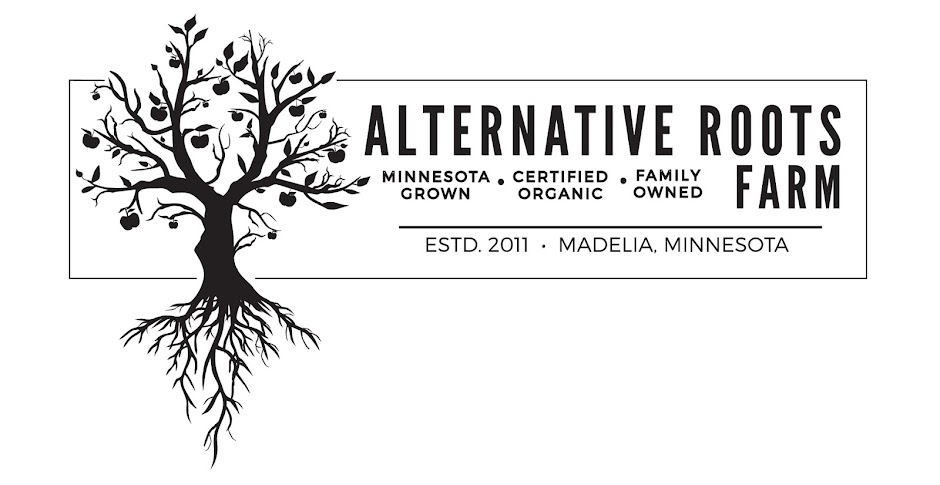I think there is so much more to CSA, community supported agriculture, than most consumers - and even some farmers - realize. CSA is much more than just getting your seasonal fare locally. While we focus on the story of CSA at our farm - our trials and tribulations - there are many stories (1,500-1,700 by Steve McFadden's estimate) unfolding at the same time; building on the deep history of CSA itself.
While there are principles at the core of the CSA concept - share risk, seasonality, community - each farm is unique, I love that about CSA. We tailor our farm to our personalities, our values. Customers can find a CSA that fits them, because with any relationship we all have certain needs to feed our individual souls.
When we started our farm I was well versed in the CSA concept and logistics, but I didn't know that much about the history of the movement. As with anything I have learned so much over time, and continue to through our personal experiences, continued connections with other farmers and broader coverage of the food movement as momentum continues.
I really enjoyed this two part article on the history, as well as the future of CSAs in our country. I do strongly believe CSAs have such power to change the way we eat and think. In our ever disconnected world of individualism the concept of community becomes more and more important to build our economies, mend our spirits, and nourish our bodies and souls.
 |
| Pre-season member meeting - connecting with our farm community. |
Heading into our fifth year of farming and CSA the element of community moves more into our focus, as we wish to deepen this relationship further. In this endeavor we will look to our members, our market goers and our peers in the farming world (whether they have come before us or are growing along with us now) for inspiration, ideas and participation.
You might enjoy these articles on CSA, if you do, we'd love to hear any thoughts you have on them.
The History of Community Supported Agriculture, Part I
Community Farms in the 21st Century: Poised for Another Wave of Growth?
This is the first in a two-part series exploring the birth of the CSA movement in the United States as well as the potentials for this growing and successful model of community agriculture.
The History of Community Supported Agriculture, Part II
CSA’s World of Possibilities
When Steven McFadden first wrote about CSAs back in 1990, there were about 60 CSAs in the country. Now in 2004, he says, there are around 1,700 ... and he sees a strong potential for another wave of CSA development, a wave that could not only triple or quadruple the number of CSAs over the next few years, but also raise in importance the role these farms play in their communities.






